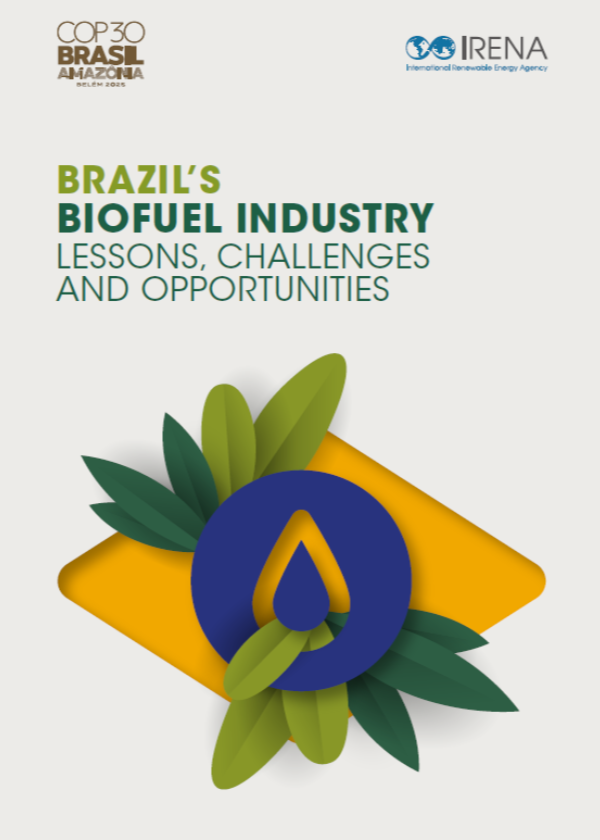Support CleanTechnica’s work through a Substack subscription or on Stripe.
Wall Street’s six largest banks have cut their financing to oil, gas and coal projects by 25% year-on-year through August 1, 2025. In dollar terms, that means about $73 billion this year versus roughly $97 billion in the same period in 2024. The pullback is uneven. Morgan Stanley reduced its fossil fuel lending by more than half. JPMorgan Chase cut by about 7%. Wells Fargo, still the largest fossil lender this year, provided $19.1 billion, down 17% from last year. These are not small adjustments. They are meaningful changes in how capital is being allocated, and they are happening in the face of an administration that is telling the same banks to keep the money flowing.
The Trump administration has been explicit in its support for coal, oil and gas. It has rolled back climate rules, encouraged new leasing, and warned financial institutions not to “boycott” fossil fuel companies. State governments in oil-producing regions have echoed this, sometimes penalizing banks that restrict lending to the sector. The message from Washington is clear: fossil fuels should be financed, expanded and promoted. Yet the largest banks in the country are moving in the opposite direction. This divergence raises an important question about what really drives capital flows in the energy sector.
Banks are responding to market realities. Long-term fossil fuel projects are exposed to volatile commodity prices, regulatory risk, and a global shift toward lower-carbon energy. Interest rates have risen, increasing the cost of capital and making marginal projects less attractive. Investors are pushing for stronger returns and less speculative growth. The clean energy sector, while facing its own headwinds, offers a growth story that aligns better with where demand and policy are trending. For a bank, financing a new refinery or deepwater oil field now carries more risk than reward when compared to funding grid upgrades, battery plants or renewable energy developers.
The impacts are felt across the value chain. In the upstream segment, smaller and mid-sized exploration and production firms are most exposed. They depend heavily on bank credit to drill new wells. Without that access, many will slow development or seek to be acquired. Larger producers, with strong cash flows and access to bond markets, are better positioned to continue drilling, but they are also exercising capital discipline.
In the midstream sector, large infrastructure projects like pipelines, LNG terminals and export facilities require syndicated bank loans. Tighter credit means only the most commercially secure projects move forward. Downstream, U.S. refining capacity is flat at about 18.4 million barrels per day. No major new refineries are under construction. Some existing plants are converting to biofuels or closing entirely. Banks are not lining up to finance new oil processing capacity that may be underused in 15 years.
In 2025, domestic oil and gas production will likely grow slightly compared to last year, at least according to the EIA. I’m on record as predicting a fall in US production this year, hence my interest in the implications of the financing drop. My forecast from January stems from the new discipline imposed by investors, the aging nature of key shale fields, and the reluctance of drillers to scale up production rapidly again. Unlike past boom‑and‑bust cycles, the current volatility and financial risk have made investors cautious. Even a spike in oil prices is unlikely to spark a meaningful resurgence in U.S. shale output.
With project financing falling, work in the fields is being funded out of existing cash reserves of the firms involved, which are limited. This is especially challenging for the smaller players and for those still holding on to the least promising sites. Rig counts are steady, not rising sharply. Without easy credit, producers are not chasing incremental barrels at marginal economics.
Coal production continues its long decline, with no major new mines opening and older ones closing. Trump may think it’s “beautiful clean coal”, but Wall Street isn’t finding that the lumps polish up nicely.
Refining output is constrained by existing capacity. In the short term, consumers are unlikely to notice a shortage. Gasoline, diesel and natural gas will remain available, but the system’s ability to respond quickly to demand spikes is weaker.
The effects will become more obvious over the next five years. As this level of financing restraint continues and likely increases, U.S. oil and gas production growth will start shrinking. The most capital-intensive projects will remain shelved. Pipeline capacity additions will slow, and some regions may experience transport bottlenecks. More gas will be flared at shale oil sites. Refining capacity will likely shrink as older plants close without replacement. Consolidation will continue, with large integrated companies buying out smaller players. In such a landscape, fossil fuel supply is constrained and relatively inflexible. Price volatility could increase if demand holds steady and spare capacity disappears.
Beyond 2030, the picture shifts toward rapid structural decline. Without large-scale new investment, oil and gas fields naturally deplete and production falls. The industry will focus on low-cost, short-cycle projects that can be funded from operating cash flow. Private banks will be almost entirely absent from large fossil fuel deals. State-owned companies and sovereign wealth funds may finance new developments in their own territories, but Western capital will be focused on clean energy and supporting infrastructure. The future of fossil fuels in the U.S. will be as a smaller, more specialized industry serving niche markets and legacy demand.
Globally, the retreat of U.S. banks is part of a larger trend among Western financiers. European banks began restricting fossil lending earlier and have gone further in some areas. The gap is being filled, for now, by state-backed capital from OPEC members, China’s policy banks, and some private equity funds seeking short-term gains. The long-term risks are clear. If demand does not fall as quickly as supply, there could be shortages and price spikes. If demand does fall in line with climate targets, fossil fuel investment will have wound down at the right pace. Either way, the direction of travel in private finance is set. Capital is leaving fossil fuels and moving toward the technologies and systems that will replace them.
Global capital flows have already tilted toward clean energy, with investment in renewables, electrification, storage, and grid upgrades now exceeding the money going into oil, gas, and coal. In 2024, clean energy investment reached about $2 trillion, surpassing fossil fuel investment by a significant margin. This shift reflects both the falling cost and rising competitiveness of low-carbon technologies, and the growing reluctance of major financial institutions to take on the long-term risks tied to high-emission assets. It signals that the world’s largest pools of capital are increasingly positioning for an energy system built on electricity rather than combustion.
The most striking element of this story is that it is unfolding in open defiance of political pressure from the highest levels. Wall Street is ignoring Trump not out of ideology but out of calculation. Banks are reading the market, listening to investors, and planning for a world where fossil fuels are no longer the safest bet. That shift will shape U.S. energy for decades, regardless of who holds political office.
Sign up for CleanTechnica’s Weekly Substack for Zach and Scott’s in-depth analyses and high level summaries, sign up for our daily newsletter, and follow us on Google News!

Have a tip for CleanTechnica? Want to advertise? Want to suggest a guest for our CleanTech Talk podcast? Contact us here.
Sign up for our daily newsletter for 15 new cleantech stories a day. Or sign up for our weekly one on top stories of the week if daily is too frequent.
CleanTechnica uses affiliate links. See our policy here.
CleanTechnica’s Comment Policy








Leave a Reply